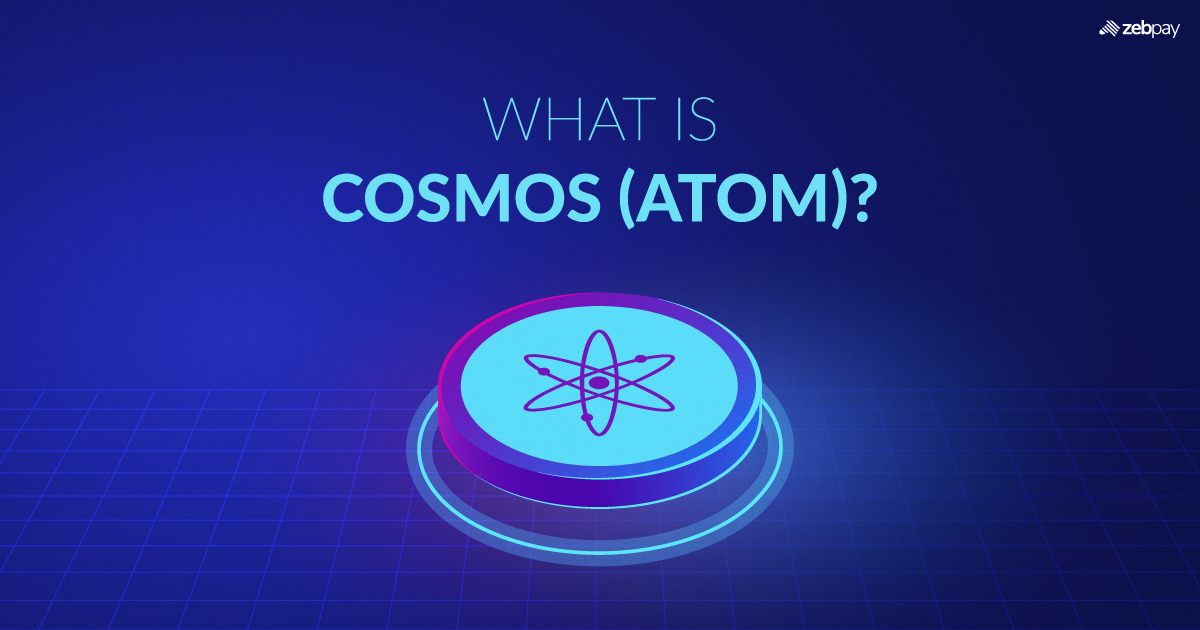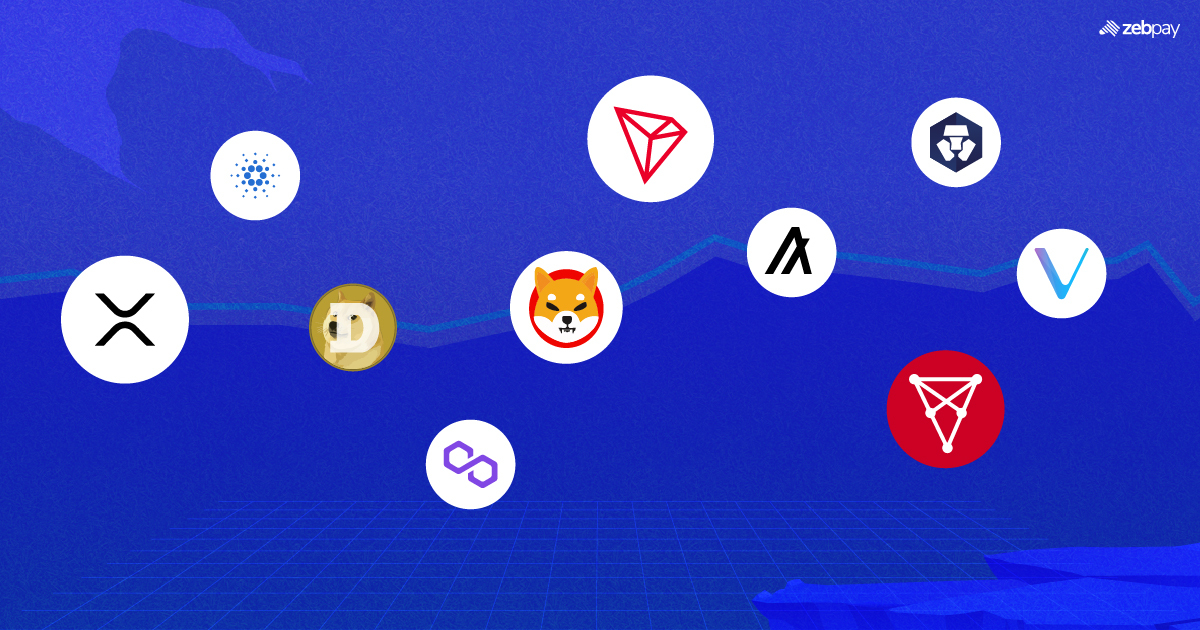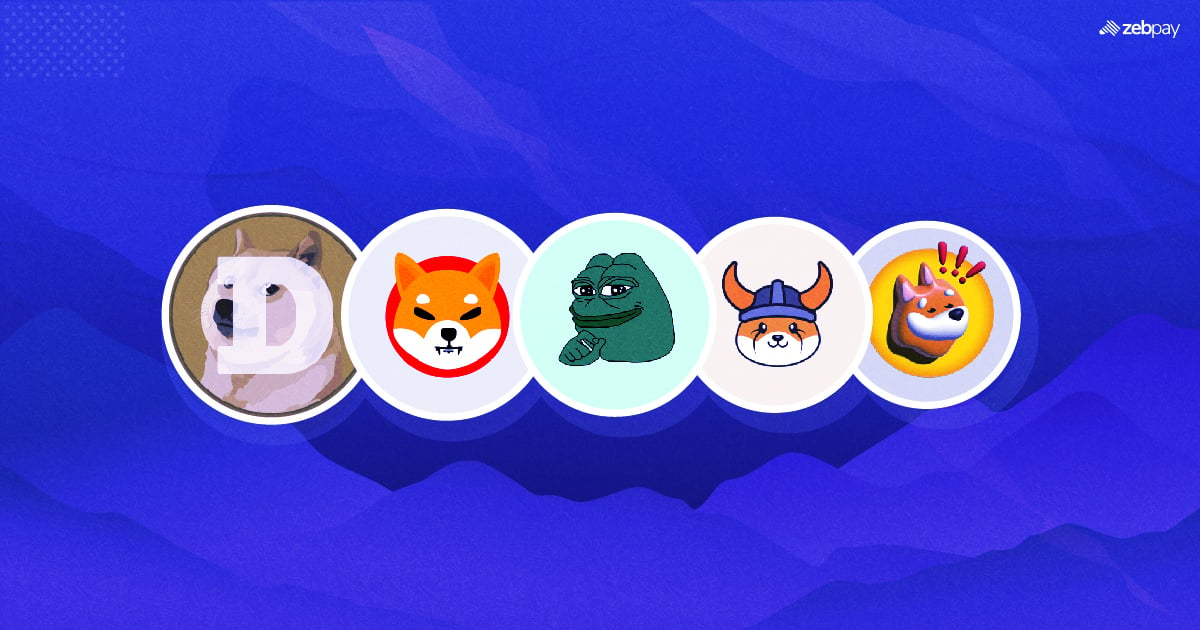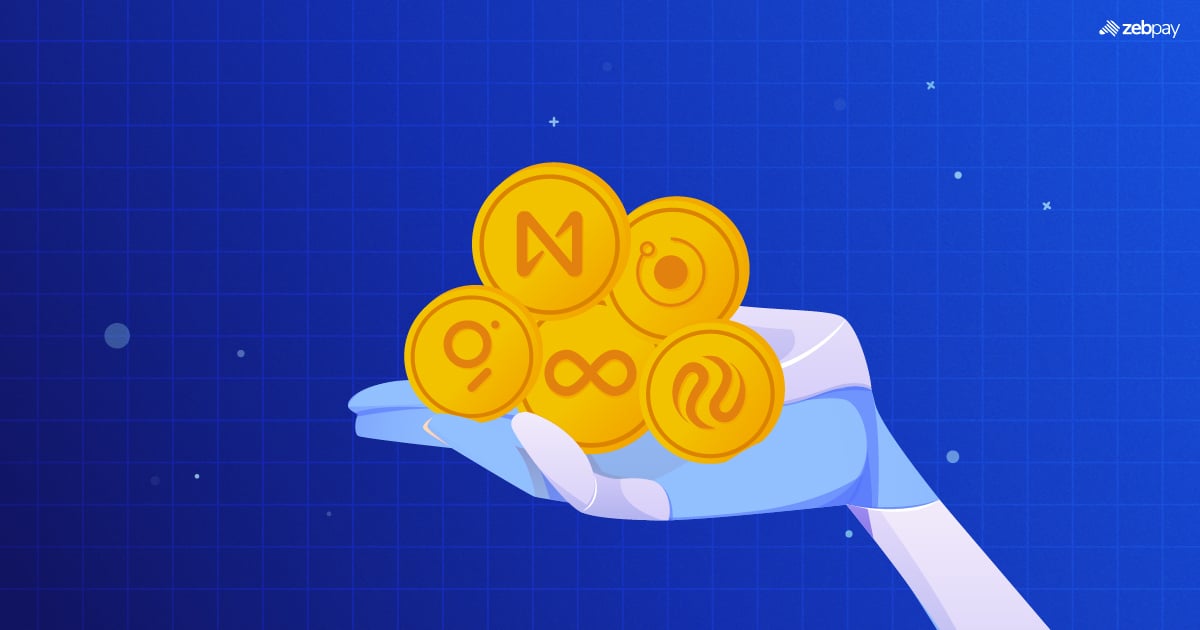Today there are over 10,000 blockchains operational. However, most developers can only choose from a few blockchains to build their smart contracts and decentralised applications. This is where Cosmos comes in. The Cosmos ecosystem focuses on interoperability and allows blockchains to work together seamlessly. Developers no longer have to rely on the same blockchains for their dApps.
How Does Cosmos (Atom) Work?
Founded in 2014, Cosmos was created by Ethan Buchman and Jae Kwon to bring about an “Internet of Blockchains”. The project has three key features that enable its functionality. The Cosmos Hub and Zones form the network of interconnected blockchains, while Tendermint is used for consensus. The IBC protocol ties the zones and Hubs together.
Tendermint BFT
This is the protocol used for securing the blockchain through consensus. Apps created using Cosmos are secured using the Tendermint system by default. This custom solution is a modified version of proof of stake (PoS) validation.
Users must stake their tokens to create nodes. The top 100 stakers on the blockchain then become validators and get to vote on blocks being added to the chain. Other users can also delegate their staked tokens to validators and earn a portion of their block rewards.
Delegated tokens can be taken back or assigned to another validator. This keeps validators honest and the network protected.
IBC Protocol
The Inter-blockchain communication protocol enables different apps and blockchains on the Cosmos network to communicate with each other through the Cosmos Hub. The IBC allows users to exchange information and assets across decentralised blockchains.
Any blockchain connected to Cosmos can transfer anything from tokens to NFTs to any other connected blockchain, solving a problem that has plagued blockchains since their creation.
What are Cosmos Hub and Zones?
Cosmos Hub
This is the main blockchain that connects all other blockchains on the network. It does this through the IBC protocol, allowing information to travel from one chain to another easily. The hub also acts as a ledger for all transactions between connected zones.
While Cosmos Hub is the primary chain, other hubs are also available for zones.
Cosmos Zones
Zones are the custom blockchains created on the Cosmos network. Each zone can be used for many applications, but they can still connect to each other to share information and assets.
Zones are similar to sidechains on other blockchain projects. However, each zone can have its own transactions, tokens and custom applications or protocols. By connecting to a hub, they also connect to other zones on the same hub. However, they can also prevent other zones to connect if they do not wish to.
What is the Cosmos SDK?
The Cosmos SDK allows you to create custom blockchains through its in-built features. It is an open-source software development kit that makes it much simpler to create your own solution. With its included features, it becomes possible to create a new zone without building everything from scratch.
What Problems Does Cosmos Solve?
Interoperability
One of the biggest challenges in the crypto space since its inception has been connecting with other blockchains. Usually, any tokens or NFTs you own can only be used on their native blockchain. Cosmos solves this problem through its custom zones and IBC protocol.
Scalability
During congestion, blockchains such as Ethereum become very expensive to transact on. It prevents dApp functionality and can make gas fees higher than transaction amounts. This was one of the main reasons for Cosmos zones.
Since each zone is a sidechain, it is not affected by congestion on any other blockchain. If you create a new zone for your dApp on Cosmos, its functioning will not be affected by the traffic on any other chain or zone.
Energy Efficiency
All zones on the Cosmos network use some variation of proof of stake validation. This is much faster and energy efficient than proof of work, which is used by Bitcoin.
What is the Cosmos Ecosystem?
The Cosmos ecosystem is made up of its hubs, zones, IBC protocol and its native token, ATOM.
As stated above, hubs are points of communication for all zones on the network. Each zone is like a sidechain on the Cosmos network and allows you to make custom blockchains with ease.
The inter-blockchain communication protocol enables the zones to share information with each other. This is done by connecting them through various hubs on the network.
Finally, ATOM is the native token of the Cosmos network. Users stake these tokens to become validators on the network.
How to Stake Atom?
Cosmos ATOM staking enables you to earn in two different ways.
Validation
You must stake your ATOM to have a chance at being a validator. If you are among the top 100 stakers, you become a validator for the Cosmos network. This allows you to vote on block additions and you receive block rewards for the same.
Delegation
If you cannot stake enough ATOM to become a validator, you can still earn from the network. You can delegate your staked ATOM to any validator and earn a portion of the block reward they earn. This also keeps the network secure and honest as you can shift your delegated tokens to another validator at any time.
Is Cosmos Crypto a Good Investment?
Cosmos has brought about improvements in several pain points of the crypto industry. As the market develops and integration between various blockchains becomes more essential, Cosmos is sure to perform very well. Its unique solutions help both developers and users.
The ATOM crypto token is currently trading at $14 and has a market capitalisation of $4 billion. It hit an all-time high of $44.7 in September 2021.
Investors should however conduct a thorough due diligence before they take a buy or sell decision. This article is in no way intended to be an investment advice.







